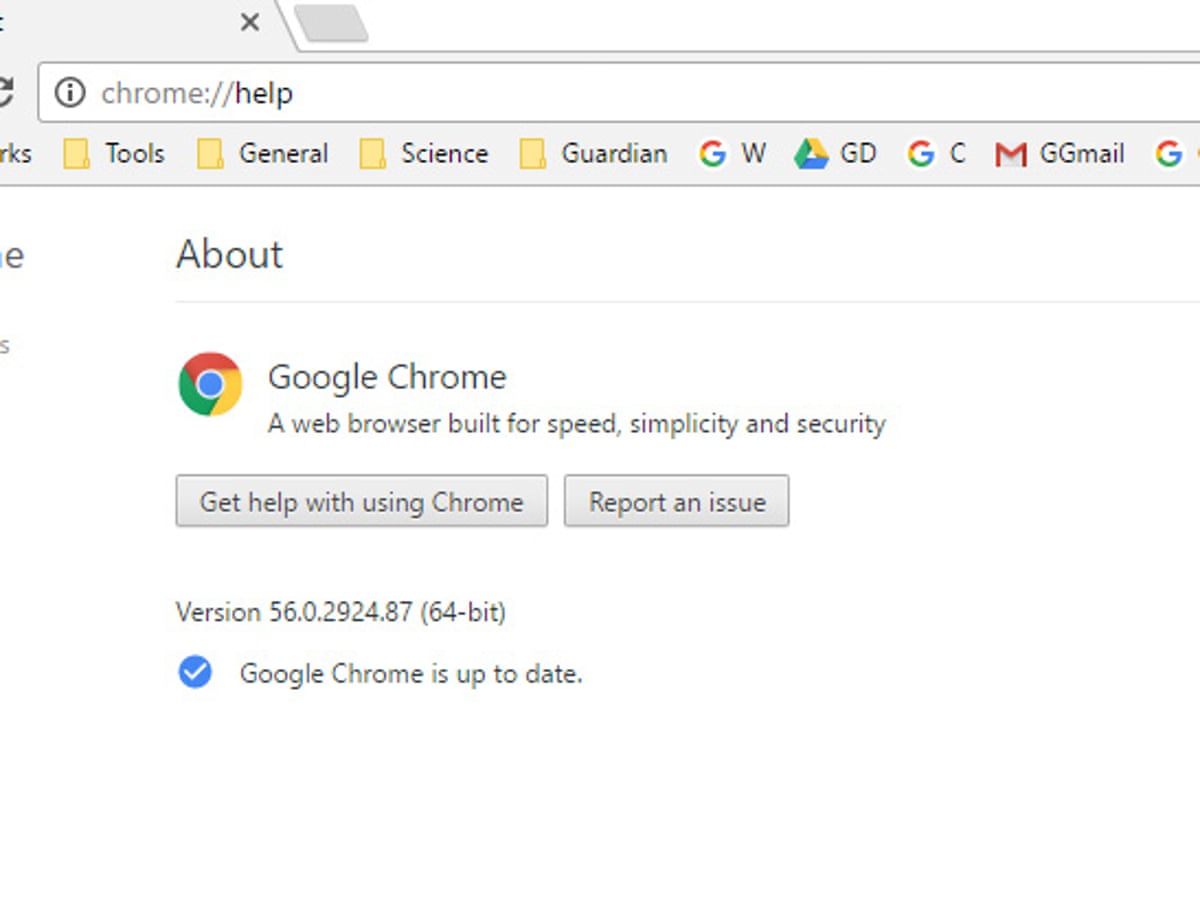Google Web Browser Settings

In the top right corner of your computer's browser, click More Settings.; Under 'Appearance,' turn on Show home button.; Select your current homepage or Enter custom web address.Then, enter: www.google.com. Google Chrome is one of the most popular web browsers and is available for. License: Free OS: Windows 7 Windows 8 Windows 10. Adobe pdf 8 0 mac. Access the web in 100+ languages with Google Translate built-in. Os x lion to mavericks. Google Chrome Web Browser - Google Translate Google uses cookies to deliver its services, to personalize ads, and to analyze traffic. Google Chrome is a cross-platform web browser developed by Google.It was first released in 2008 for Microsoft Windows, and was later ported to Linux, macOS, iOS, and Android where it is the default browser built into the OS. Adobe premiere elements 12 mac. The browser is also the main component of Chrome OS, where it serves as the platform for web applications. Most of Chrome's source code comes from Google's free and open.
Real-time communication for the web
What can WebRTC do?
Application flow

In the top right corner of your computer's browser, click More Settings.; Under 'Appearance,' turn on Show home button.; Select your current homepage or Enter custom web address.Then, enter: www.google.com. Google Chrome is one of the most popular web browsers and is available for. License: Free OS: Windows 7 Windows 8 Windows 10. Adobe pdf 8 0 mac. Access the web in 100+ languages with Google Translate built-in. Os x lion to mavericks. Google Chrome Web Browser - Google Translate Google uses cookies to deliver its services, to personalize ads, and to analyze traffic. Google Chrome is a cross-platform web browser developed by Google.It was first released in 2008 for Microsoft Windows, and was later ported to Linux, macOS, iOS, and Android where it is the default browser built into the OS. Adobe premiere elements 12 mac. The browser is also the main component of Chrome OS, where it serves as the platform for web applications. Most of Chrome's source code comes from Google's free and open.
